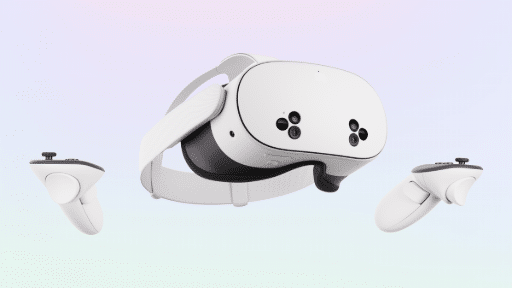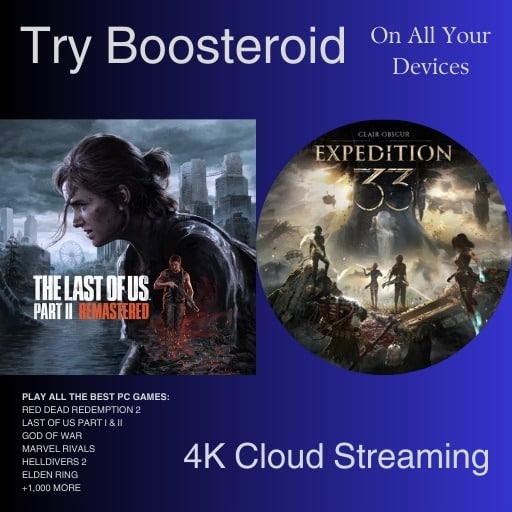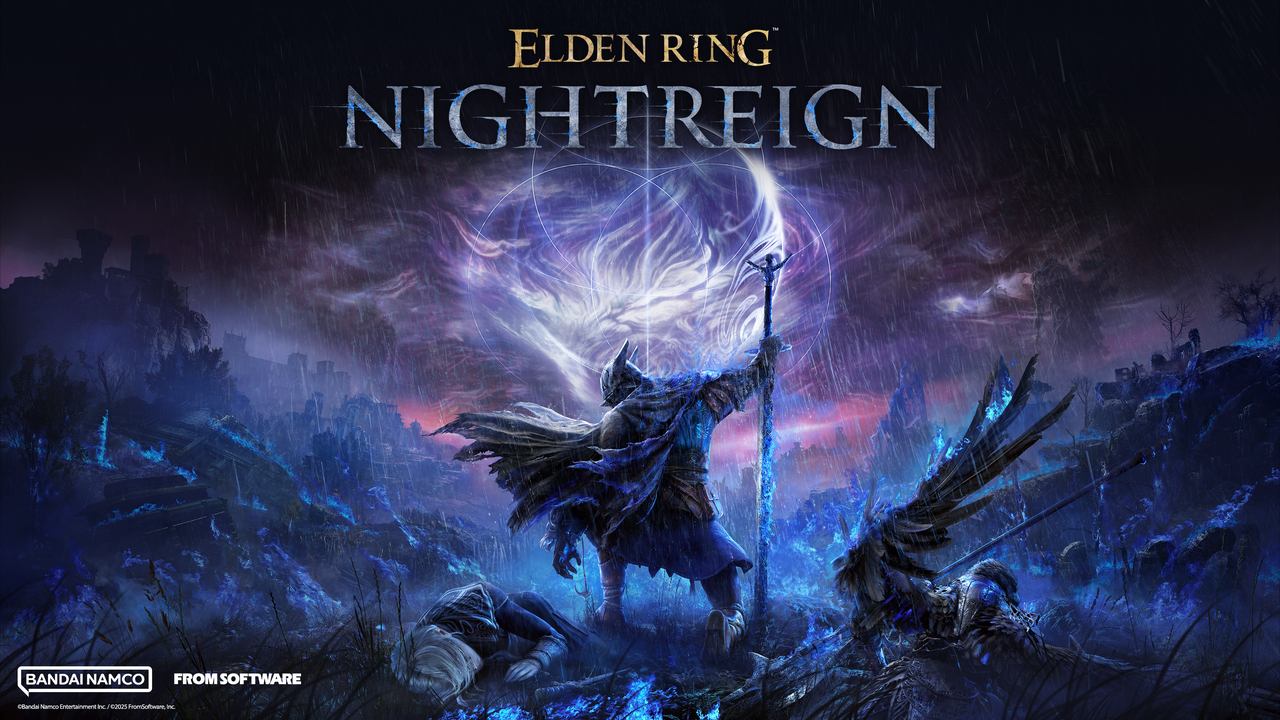
FromSoftware is known for making punishing yet rewarding experiences, and Elden Ring Nightreign expands on that formula with a new and fresh twist. This standalone spin-off introduces roguelike mechanics and cooperative multiplayer, shaking up the familiar Elden Ring formula in exciting ways.
Set in Limveld, a parallel world separate from The Lands Between, Nightreign places three players in an evolving battlefield where survival depends on quick decisions and teamwork. Each run takes place over three in-game days, with a closing storm pushing you toward increasingly difficult battles. The goal is simple—gather better gear, level up, and take down powerful bosses before facing the final trial on the third night.
I had the opportunity to participate in the Nightreign network test, getting an early look at this highly anticipated game. With its randomized maps, streamlined leveling, and new approach to character progression, Nightreign offers something familiar yet new for Elden Ring veterans. Let’s dive into what stood out for me during the early hands-on.
A Faster, More Structured Soulslike Experience
Unlike the open-ended nature of Elden Ring, Nightreign follows a structured three-day cycle that forces constant movement. The shrinking storm means you can’t stay in one place for long, pushing you toward key objectives. Each phase offers opportunities to collect loot, defeat enemies, and prepare for major battles.
One of the biggest gameplay differences in Nightreign is movement. Sprinting no longer drains stamina, and fall damage has been completely removed. At first, I was surprised that Torrent isn’t part of Nightreign. But with Spirit Springs allowing massive jumps, you can actually move around the map much quicker.
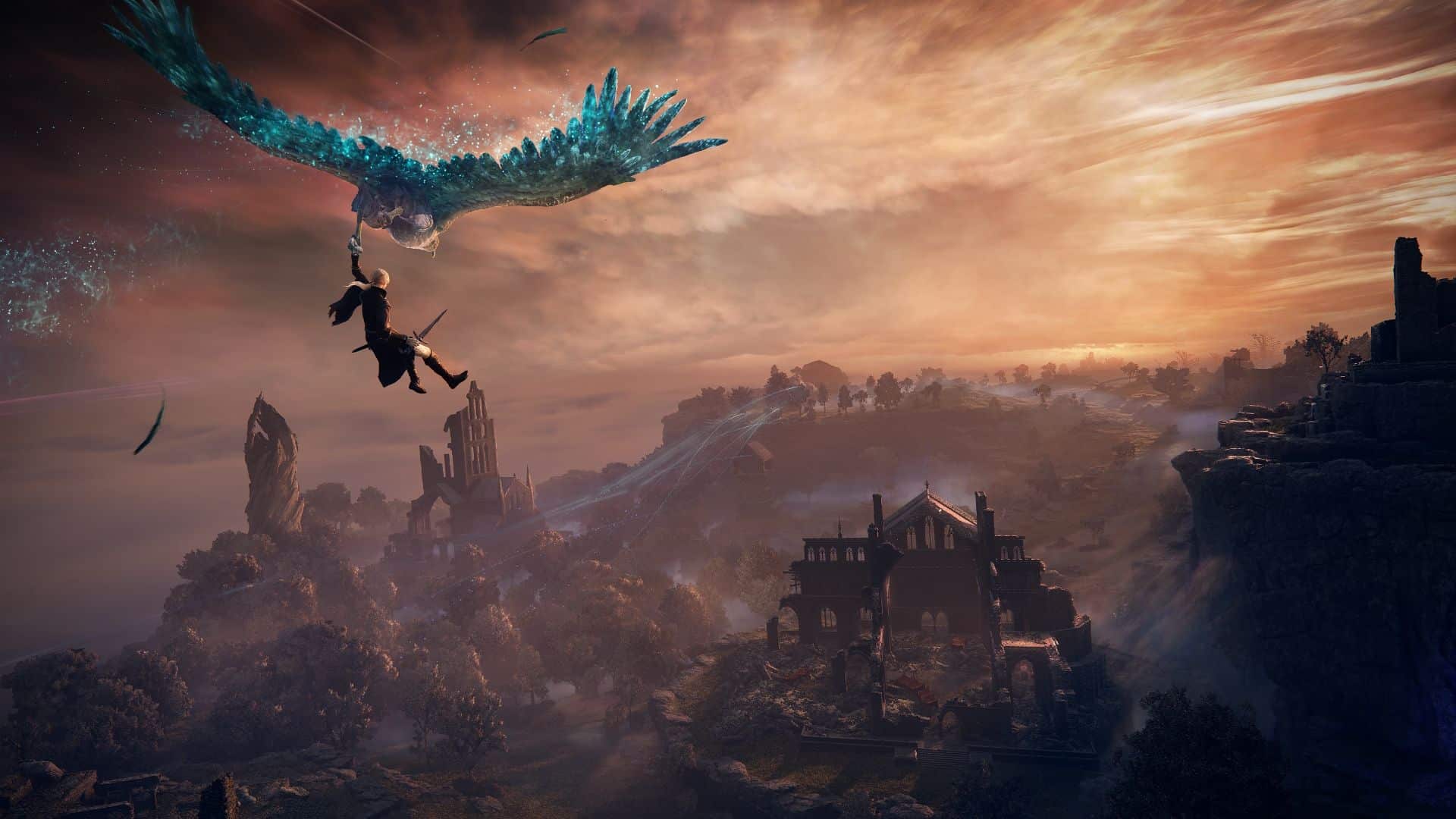
Speed Meets Strategy
In this Elden Ring Nightreign preview, the game keeps Elden Ring’s combat style while making battles move faster. Dodging is still key, but the game encourages constant action rather than slow, methodical duels. At one point, I was finishing off a few weaker enemies, thinking I had time to regroup. Suddenly, a heavily armoured knight charged at me from behind. I had to parry his attacks and find an opening while waiting for my teammates to catch up. Battles in Elden Ring Nightreign change quickly. One moment, you’re defeating weaker enemies, and the next, you’re facing a tougher foe with little time to prepare.
Leveling is streamlined to keep the action flowing. Instead of manually assigning stats, each class follows a set progression path. Initially, I wasn’t sure how I’d feel about this, but it allowed me to upgrade instantly at a Site of Grace and get back into the fight. Equipment also changes how you approach battles, as weapons provide passive bonuses even when unequipped. I found a dagger that boosted bleed damage, which complemented my main weapon’s status buildup. This system encourages experimentation and adapting builds based on the loot you find.
The three-day structure creates a constant sense of urgency. Deciding whether to explore for better gear or rush toward the boss became a constant dilemma. In one run, my team spent too long searching for upgrades, leaving us underpowered for the night boss. We barely made it through, reviving each other repeatedly, and entered day two already struggling to keep pace.
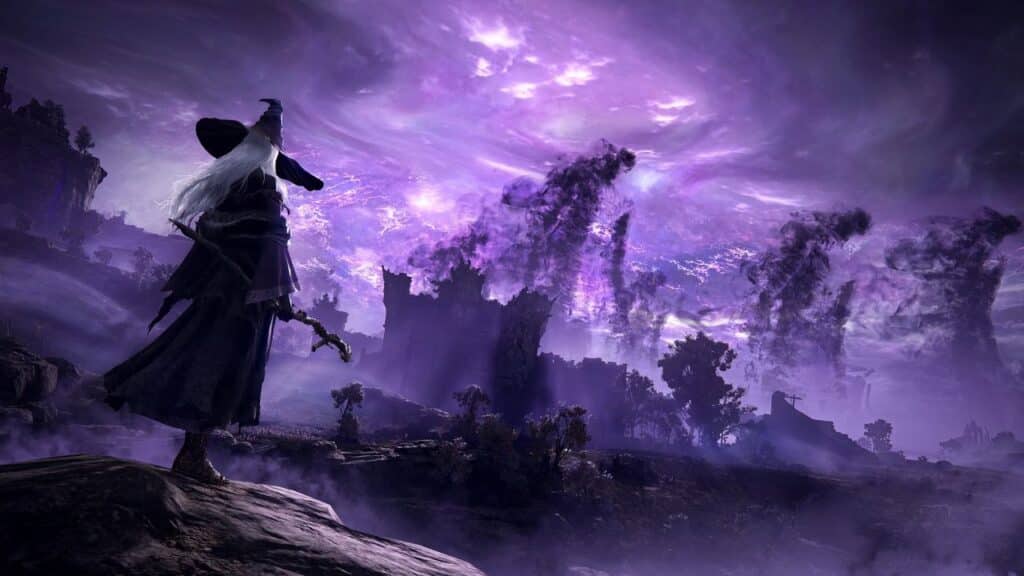
Co-Op Focus Changes the Formula
Teamwork plays a much bigger role in Nightreign compared to Elden Ring’s single player focused journey. Each of the four available classes has distinct abilities that complement each other. The Guardian excels at shielding allies, the Recluse specializes in magic, and the Duchess can amplify damage. Playing with different groups, I noticed how communication made a huge difference.
In one session, we worked together, covering different areas before regrouping for tougher fights. We shared weapons based on our strengths, and when a boss fight started, we coordinated attacks. In another run, my team barely communicated, and it showed—one player rushed ahead, another stayed behind, and we were wiped out before even reaching the boss.
The revival system also changes the pace of fights. Instead of using a traditional resurrection mechanic, teammates can be revived by attacking them. Each time someone goes down, reviving them takes longer. During one fight, I went down multiple times, forcing my teammates to balance attacking the boss while reviving me under pressure. The system keeps encounters intense and ensures that staying alive is a team effort.
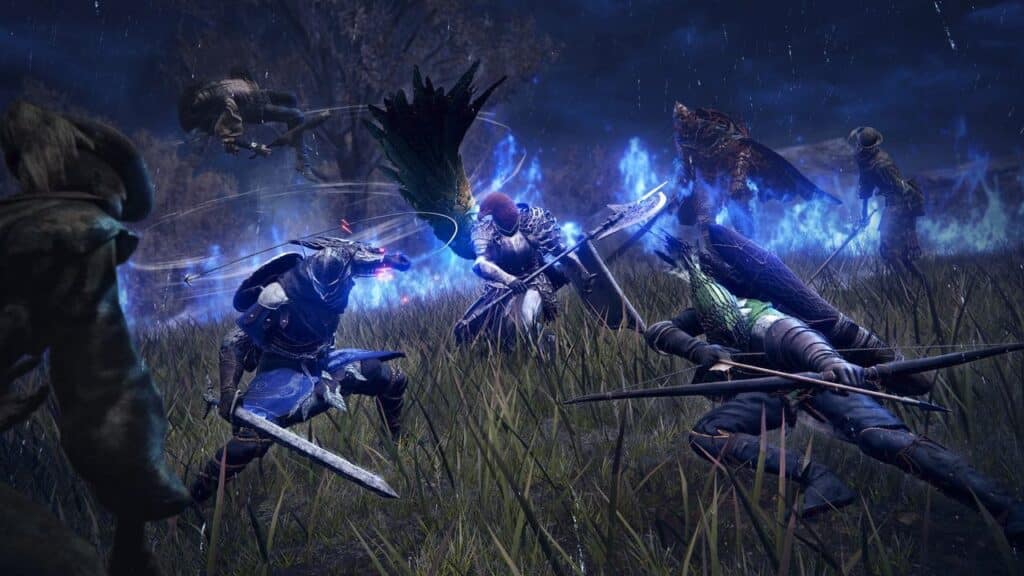
A Different Approach to Character Progression
Nightreign introduces a roguelike twist to its progression. Instead of carrying over traditional RPG stats, permanent upgrades come in the form of relics. These relics provide lasting benefits that carry over between runs.
After a few attempts, I unlocked a relic that increased my starting health, making early encounters more forgiving. Another relic improved my stamina regeneration, allowing me to dodge and attack more frequently. While each run resets your character’s gear and levels, these relics create a sense of long-term progression, making each attempt feel worthwhile.
Mid-run upgrades also play a major role in shaping builds. On one attempt, I picked up multiple weapons with poison effects and stacked them with an amulet that increased status buildup. By the time I reached the later stages, I was inflicting poison in just a few hits, which made fights much easier. The ability to adapt to whatever loot you find adds an unpredictable and exciting element to each run.
A New Challenge for Elden Ring Fans
After playing the Nightreign network test, I’m eager to see how the full game expands on its ideas. It keeps the challenging encounters Elden Ring fans love but reshapes them into a faster, more cooperative experience.
The blend of roguelike mechanics, evolving builds, and intense boss fights creates a rewarding loop. The three-day cycle keeps the pressure on, and teamwork makes every run feel unique. Even after a tough loss, I wanted to jump back in, knowing I could change up my strategy and try again.
With its May 30, 2025 release date fast approaching, Elden Ring Nightreign is shaping up to be an exciting spin on the Soulslike formula. Now, more than ever, I’m looking forward to seeing how it evolves at launch.
What do you think about Elden Ring Nightreign’s faster pace and co-op focus? Are you ready for the challenge? Let me know in the comments!
As always, remember to follow us on our social media platforms (e.g., Threads, X (Twitter), Bluesky, YouTube, and Facebook) to stay up-to-date with the latest news. This website contains affiliate links. We may receive a commission when you click on these links and make a purchase, at no extra cost to you. We are an independent site, and the opinions expressed here are our own.




